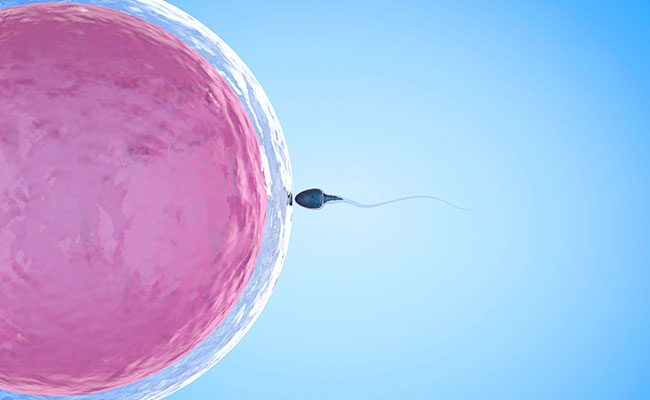Intrauterine Insemination (IUI)
Intrauterine insemination is an artificial reproductive technique which is very popular for two reasons: on the one hand due to its low cost and the simplicity of the process and on the other hand due to its high success rates.
nsemination is effectuated with the introduction of a flexible catheter within the endometrial cavity. On the free end of the catheter it is connected a syringe containing 0.3 to 0.5 ml of sperm, which is noted that has undergone laboratory process.
Substantially with artificial insemination sperm is directly directed to the Fallopian tubes bypassing the cervix that is on their way. Normally on cervix during fertile days there is created mucus that facilitates the passage of sperm; however there are pathological cases where the mucus is thicker and its thickness prevents the sperm from reaching the Fallopian tubes; therefore intrauterine insemination may be very important and efficient since it can bypass the cervix, so this thick mucus.
Timing
It is important to underline that the lifespan of an ovum after ovulation is 12-24 hours. Therefore, intrauterine insemination must take place at the appropriate time. Ultrasound monitoring of ovulation is the most appropriate examination in order to choose the right time.
When is it used?
Intrauterine insemination is not simply a method of artificial reproduction but it can help in various problems leading to infertility, such as the polycystic ovarian disease. Moreover, intrauterine insemination is very effective even in cases where infertility is due to male factor. In order to determine whether the infertility is due to male factor a spermogram should be carried out that indicates whether any of the following three parameters is affected:
- sperm motility
- sperm count
- sperm morphology
Furthermore, intrauterine insemination may be applied in case a woman has any allergic reaction to man’s sperm. This happens because sperm apart from sperms contains various proteins that may cause allergy to a woman. This form of allergy makes appear on woman the following symptoms after ejaculation:
- burning sensationin the vaginal area
- dyspareunia(painful sexual intercourse)
Any of the above symptoms may be limited with the use of condom, thus avoiding the desirable pregnancy.
Sperm processing
Sperm has to undergo process not only in order to support its qualitative characteristics, but also in order to become more efficient. Otherwise, it has been noted that in case of insemination with unprocessed sperm, uterine contractions or anaphylactic reactions are caused. It is highlights that during the preparation of the sperm before insemination proteins are removed, as they can cause allergy and prevent fertilisation.
Preparation
In order to avoid any failure a hysterosalpingogram should take place to confirm the permeability of the Fallopian tubes. The maternal age also affects the success of insemination.
Side effects
A possible side effect of intrauterine insemination is the slightly increased probability of ectopic pregnancy. Therefore, the attending physician should be alert for this probability.
When to resort to intrauterine insemination
After 12 months of unprotected sexual intercourses and after having checked the permeability of the Fallopian tubes with salpingography and the spermiogram shows almost normal levels, then intrauterine insemination is the first step of the approach to achieve pregnancy.






